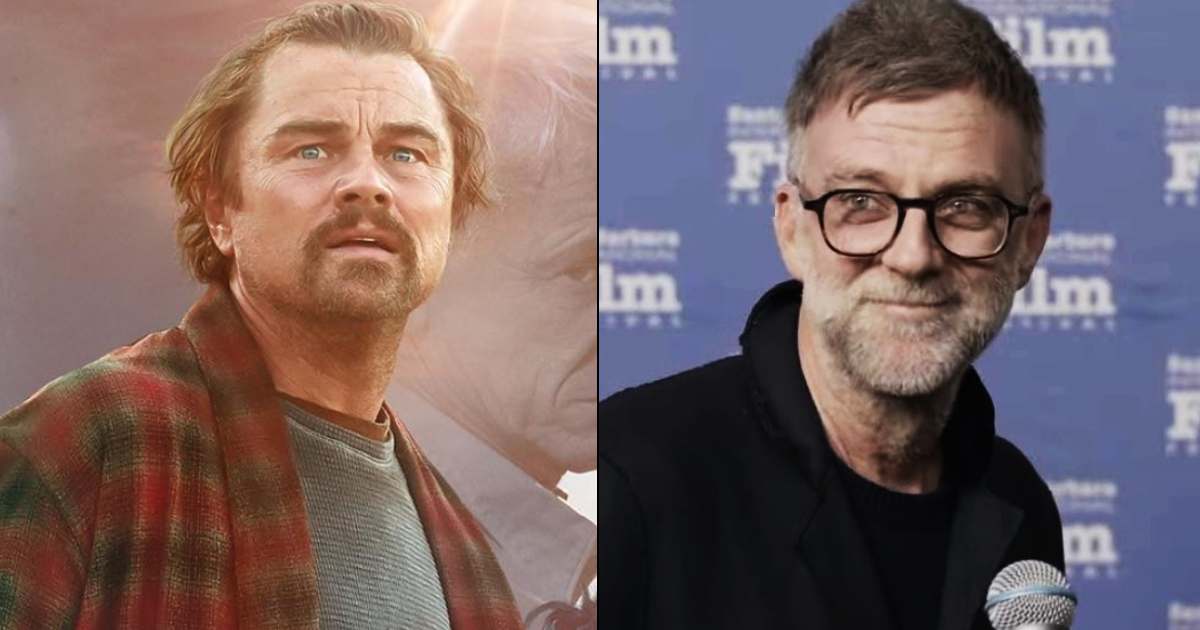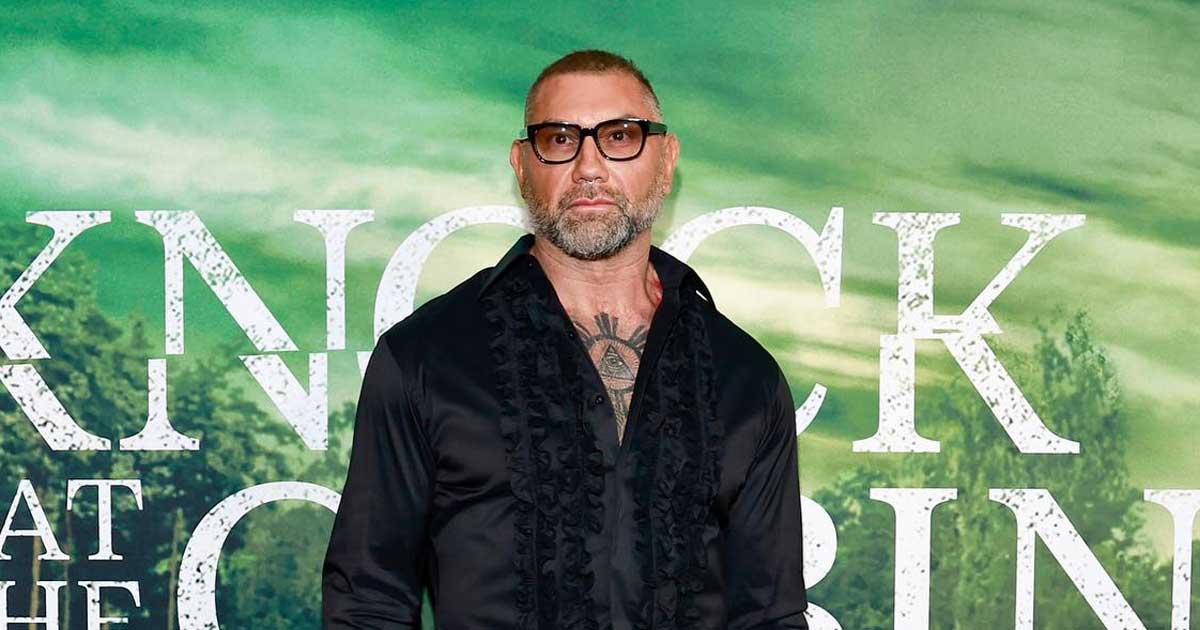
Leonardo DiCaprio steps into Paul Thomas Anderson’s new film One Battle After Another as Bob Ferguson, a burned-out explosives expert trying to live quietly with his teenage daughter in the redwoods of Northern California. His past, however, refuses to stay buried. For him, what begins as a retreat into small-town life soon turns into a hunt, with Sean Penn’s Col. Steven Lockjaw determined to settle old scores.
The film brings together a cast that also includes Benicio del Toro, Regina Hall, Teyana Taylor, and newcomer Chase Infiniti, all moving through a story that shifts from paranoia in quiet neighborhoods to large-scale action sequences that rival any blockbuster spectacle.
The new dynamic duo. #OneBattleAfterAnother – NOW PLAYING only in theaters and IMAX. Get tickets now. https://t.co/mzYB20K6Sq pic.twitter.com/p1UXlAqllo
— One Battle After Another (@onebattlemovie) September 28, 2025
Why One Battle After Another Took 20 Years to Make
The road to this film was unusually long. Anderson carried the idea for nearly twenty years, shaping it into a project that demanded a budget of 130 million dollars and the kind of studio patience few directors could command.
Trending
Unlike many modern epics, he chose not to premiere it at film festivals, letting the mystery grow until release. For him, it was a chance to combine three obsessions that had been circling his career, which are elaborate car chases, female revolutionary figures, and the influence of Thomas Pynchon’s novel Vineland.
And for Anderson that influence is key. Pynchon’s book, set in the Ronald Reagan era, follows Zoyd Wheeler, a washed-up radical raising his daughter Prairie while dodging the wreckage of a failed counterculture. Anderson did not adapt it in a strict sense, but he borrowed freely. Bob Ferguson inherits Zoyd’s mix of exhaustion and survival instinct, while Willa reflects Prairie’s restless awareness of a world slipping away. Instead of anchoring the film in 1980s politics, Anderson threads the story through the 1990s and later, invoking migrant detention centers, abortion clinic standoffs, and government surveillance.
sometimes it’s not about winning… it’s about surviving long enough to fight the next one.
🎬 One Battle After Another pic.twitter.com/cgLMNSXtaQ
— MEJE ✪ (@callmeMEJE) September 22, 2025
The result keeps Pynchon’s themes of disillusionment but grounds them in conflicts that still resonate today.
Why One Battle After Another Matters Now
By taking only the pieces of Vineland that matched Anderson’s vision and discarding the rest, he created something that feels both personal and universal.
The timing of One Battle After Another’s release also sharpens its message. When Vineland came out in 1990, it struggled with critics who saw it as too lightweight for Pynchon. However, decades later, the novel’s reflection on failed ideals and generational drift finds a new stage in Anderson’s film. One Battle After Another positions itself not only as entertainment but as a meditation on what happens when past struggles resurface and demand to be fought again.
Now in theaters, the movie carries the weight of its two-decade journey while speaking directly to the present. It is Anderson’s most ambitious collision of satire, action, and political memory, one that asks how the unfinished battles of the past become the struggles of the future.
Advertisement
For more such stories, check out Hollywood News
Must Read: Top 10 Best Nicolas Cage Films From Comedy To Action, Ranked
Follow Us: Facebook | Instagram | Twitter | YouTube | Google News



 Follow Us
Follow Us











